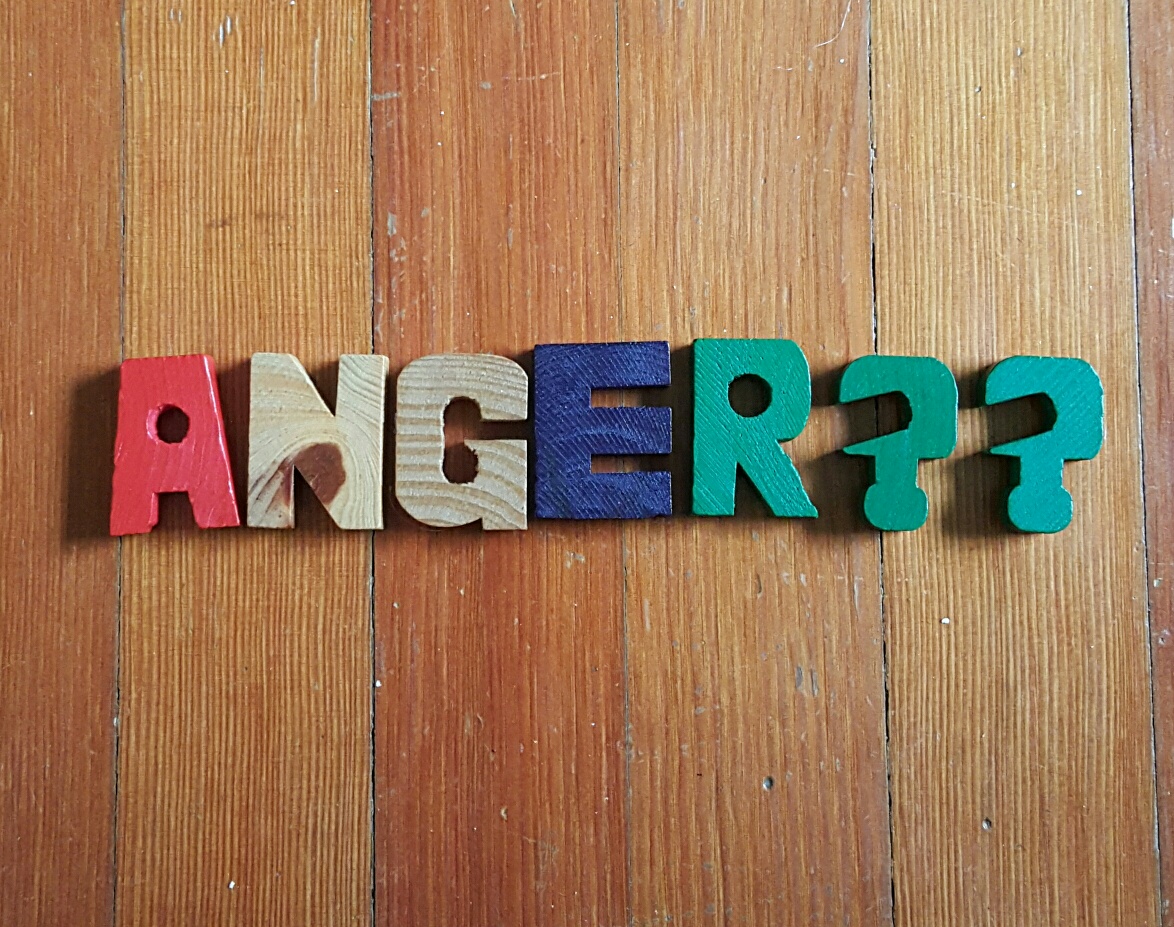“Bitterness is like cancer. It eats upon the host. But anger is like fire. It burns it all clean.” –Maya Angelou
Clients often ask me about anger. It’s a popular topic in therapy: indeed for many of us the experience of anger has carried such an emotional charge that it’s hard to see any benefit to its expression.
- We are mistrustful of it
- We have seen its destruction
- We are wary of being overcome by it
- We fear the anger of others
Many of us ‘don’t do’ anger, having decided it is not worth risking losses that may result from it. Yet when we bury anger we bury:
- Passion
- Drive
- Enthusiasm
- Focus
- Potency
- Determination
At a deep level we know the very suppression of it feels unhealthy, leaving us stuck, frustrated and toxic.
In this series of three blog articles, we will discuss, “What is anger? Understanding your own personal anger and how to practice anger safety.”
We will start with “What is Anger?”
From Wikipedia: “Anger is an emotional response related to one’s psychosociological interpretation of having been threatened. Often it indicates when one’s basic boundaries are violated. Some have a learned tendency to react to anger through retaliation. Anger may be utilized effectively when utilized to set boundaries or escape from dangerous situations. [It is] a normal emotion that involves a strong uncomfortable and emotional response to a perceived provocation [and can be] stratified anger into three modalities: cognitive (appraisals), somatic–affective (tension and agitations), and behavioral (withdrawal and antagonism).”
We may react automatically with anger when we perceive a threat. Its purpose is to protect us, defend us, help us survive a dangerous situation by launching a psychophysiological response. It is this word ‘perception’ that is important here. Perception implies a subjective interpretation of circumstances or events; if we hold negative beliefs about ourselves or the world we will, under stress, default to those and react defensively.
Witness commuting in traffic: how quickly many of us erupt in anger, in one moment feeling justified, indignant and entitled to our rage, only to suffer some doubt and embarrassment about the severity of our reaction shortly afterward! We feel its heat, our pulse races, our muscles tense…and suffer in the awkward knowledge that our reaction has been disproportionate to the circumstances. Even when we perceive there is no threat to our physical safety we are prone to perceive our personal relationships (others’ reactions, interactions, appraisals of us) as threatening to our being, our psychological safety. Curiously we react with the same fight or flight physiology: under duress there seems to be no filter to distinguish real or imagined danger.
We impulsively try to ‘manage’ external circumstances in order to avoid anger, yet it’s right there, under our carefully crafted exteriors, waiting to defend us. Many speak of being overcome by anger, and we are not wrong: anger is a set of responses carried out by the sympathetic nervous system to engage the ‘fight or flight’ response; we are literally flooded with adrenaline, a perfectly adaptive response to help us mobilize. When we perceive a threat and our heart rates go over 100 bpm, our neocortex (the ‘front’ brain responsible for cognitive processing) effectively goes offline and it becomes nearly impossible to process interpersonal/relational information. In this state there is no possibility for empathy or emotional attunement, so there is no room for new information, let alone intimacy.
So what is happening here? The short answer is that we are evaluating our present through our past. The trigger is touching on an old emotional wound, a part of us that panicked when our needs weren’t met, and we believed our connection with our caregiver (and hence our basic safety) was threatened. A part of us thought we might die. So rather than try to ‘manage’ anger by exerting control on our world, it’s best to treat it as information: what is anger trying to tell me about my needs here?
Part 2 in this blog series will help you identify what is under your anger, what unmet needs are being activated so instead of fight or flight you can begin to do something different.






